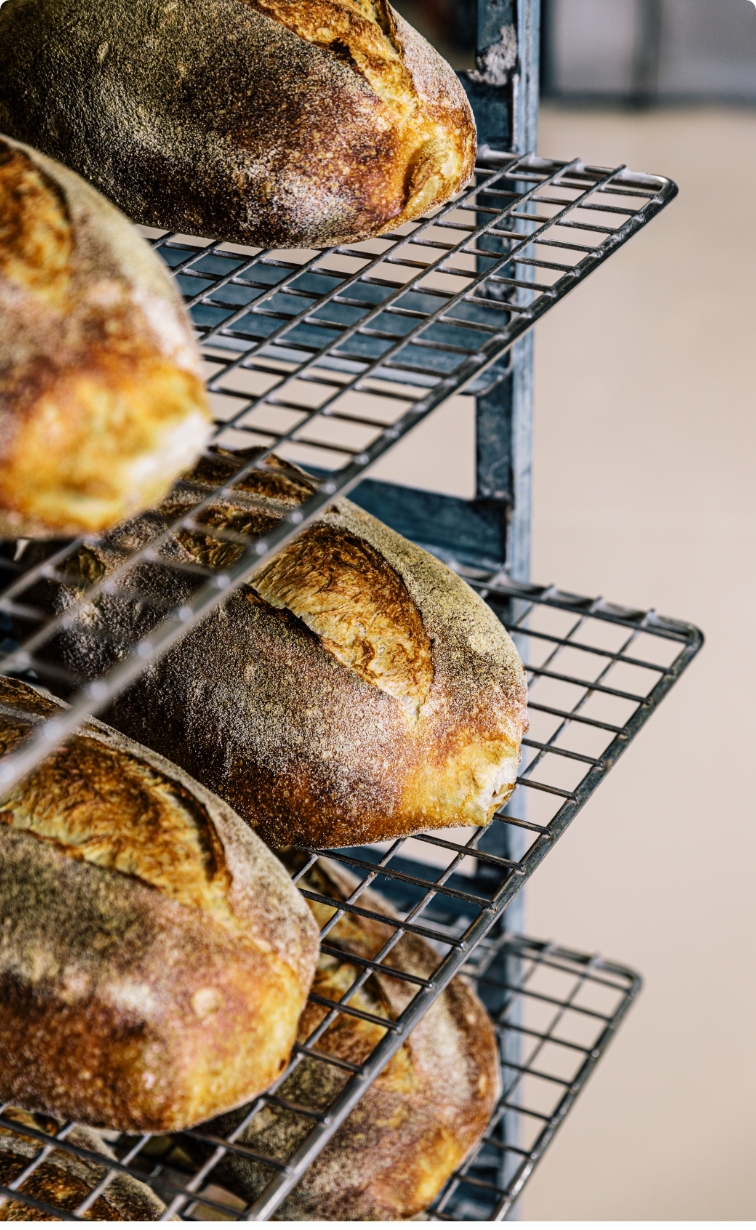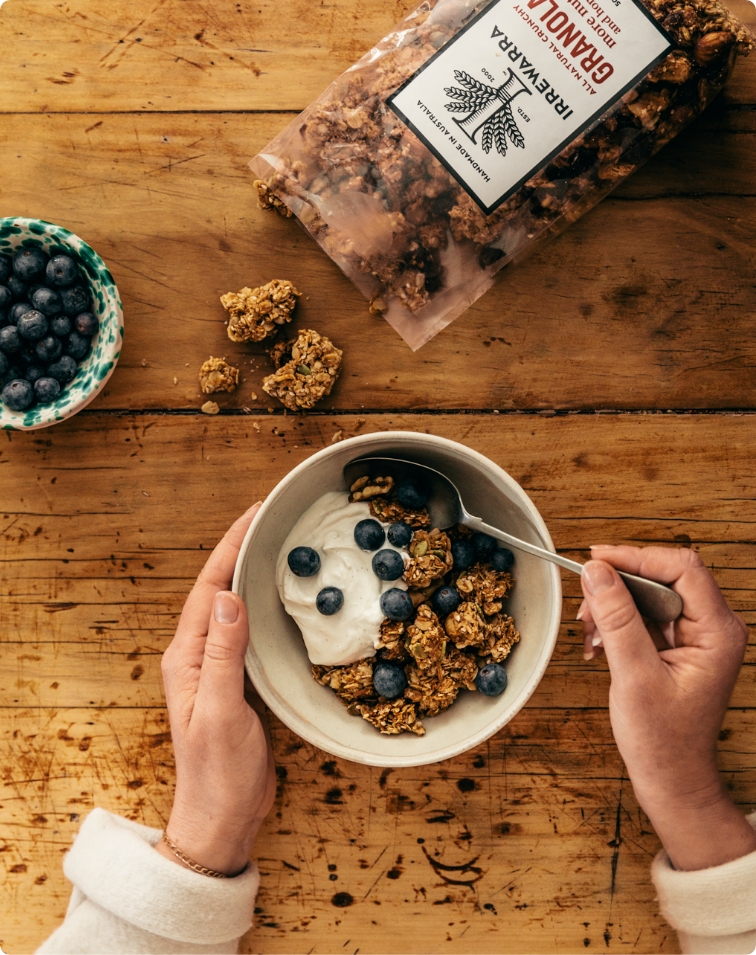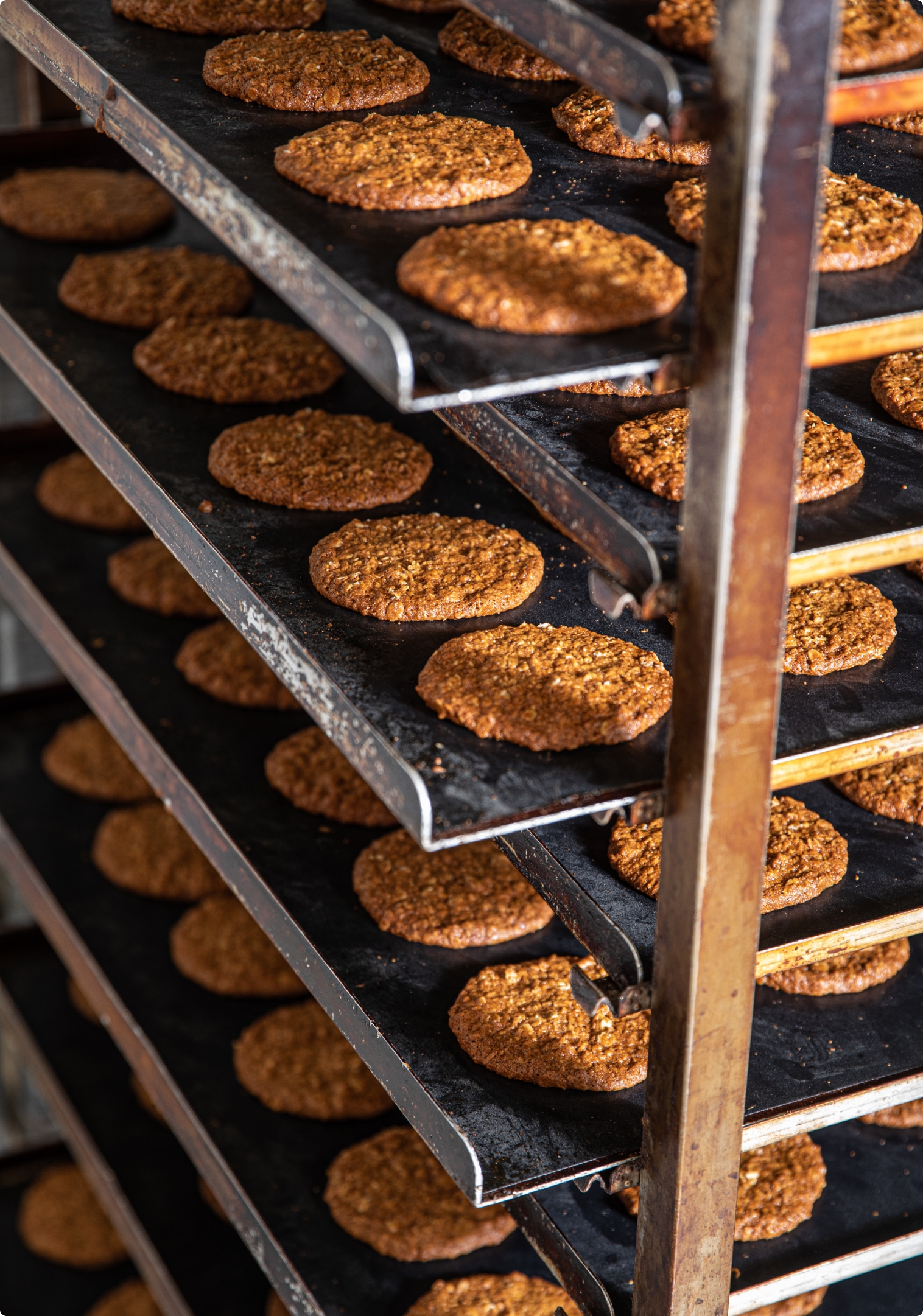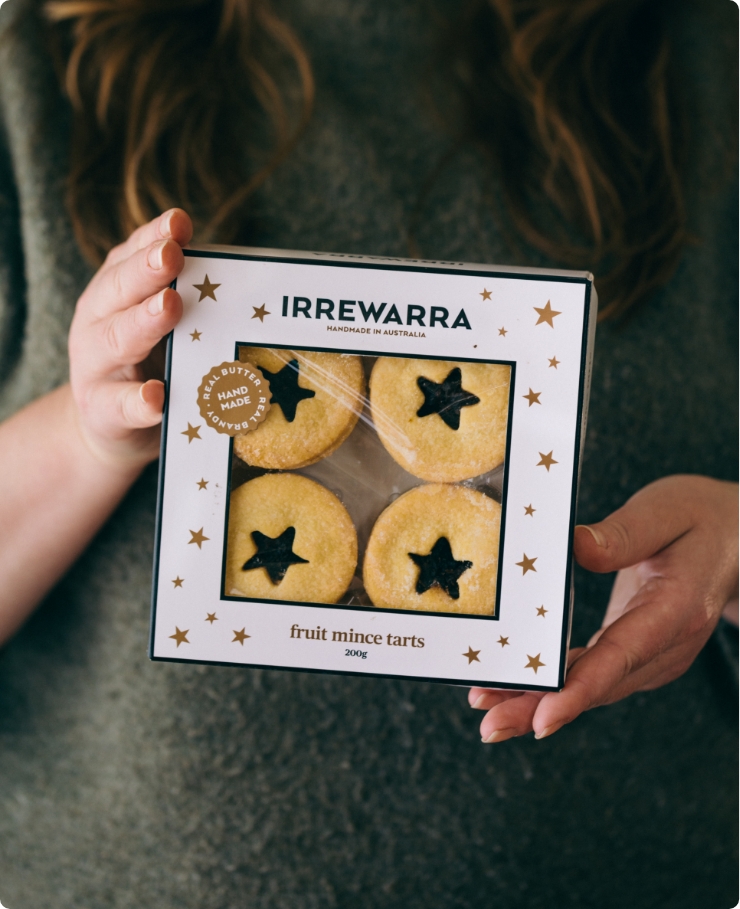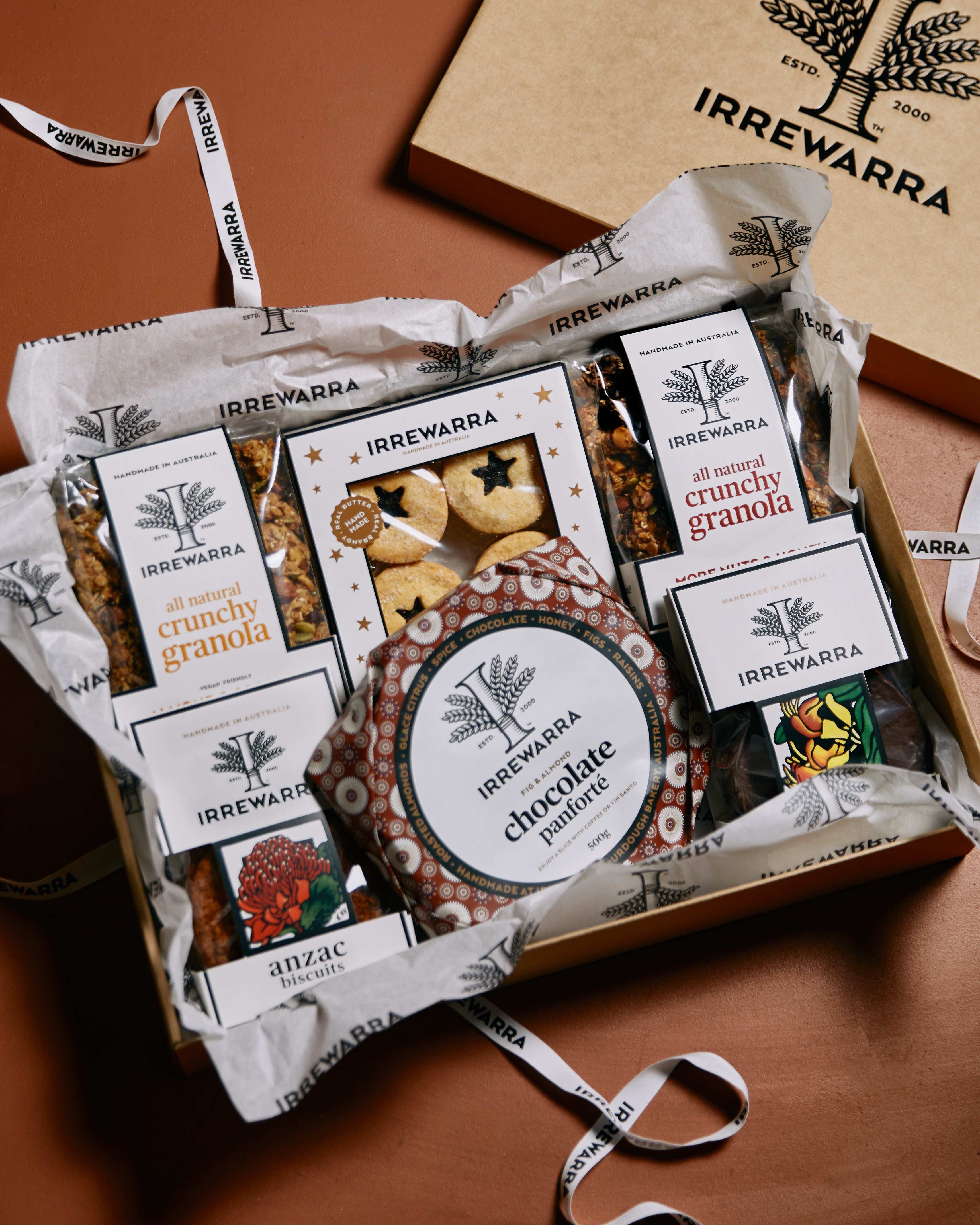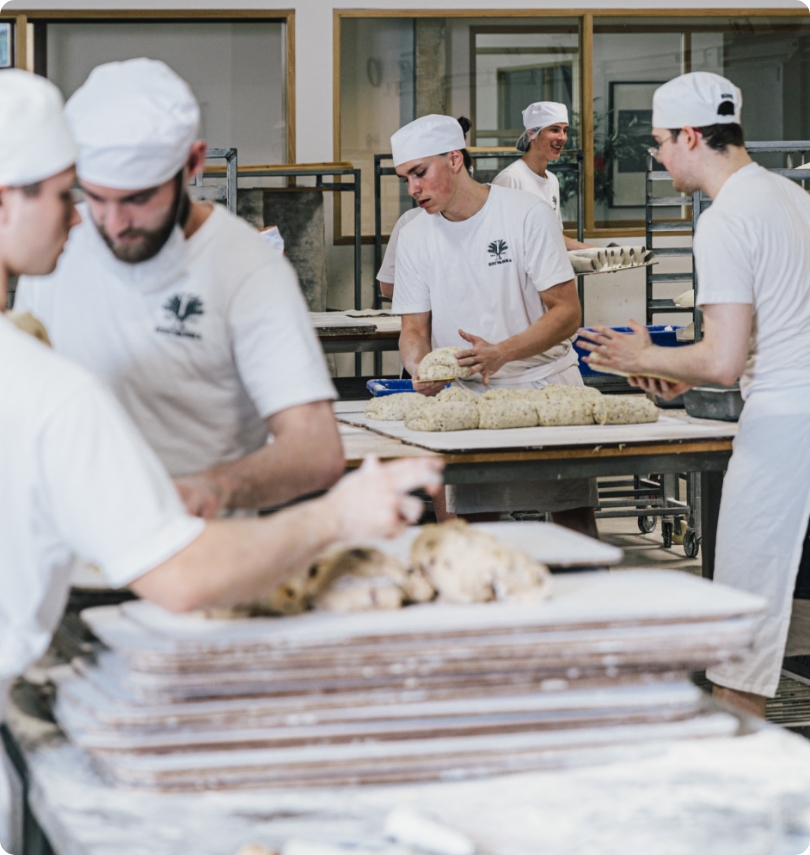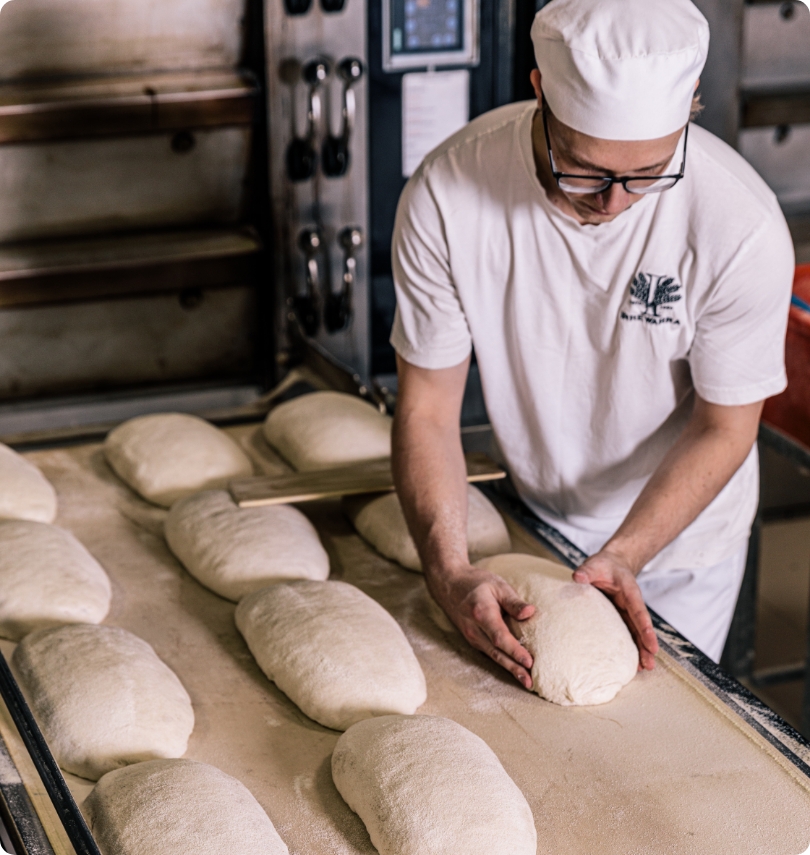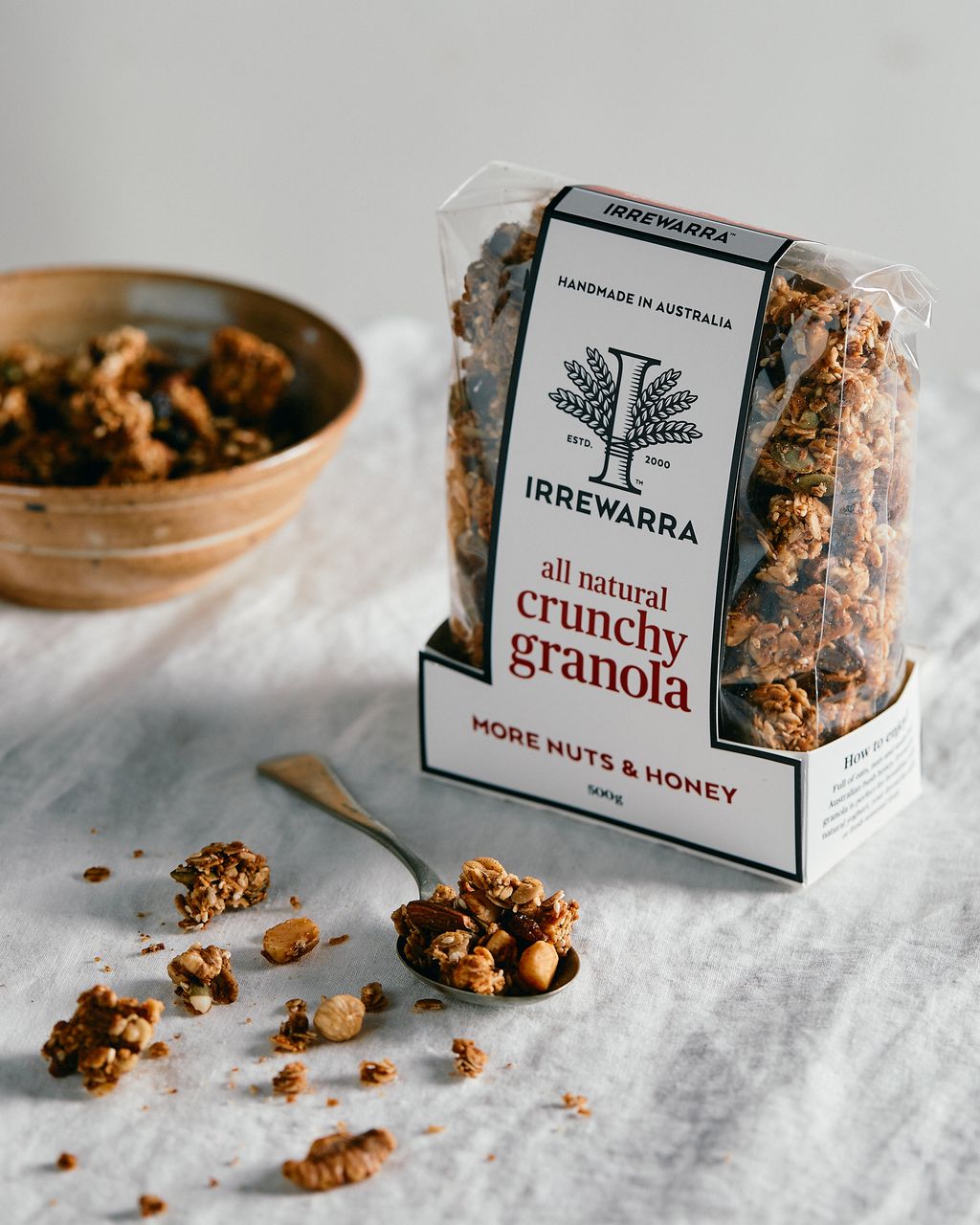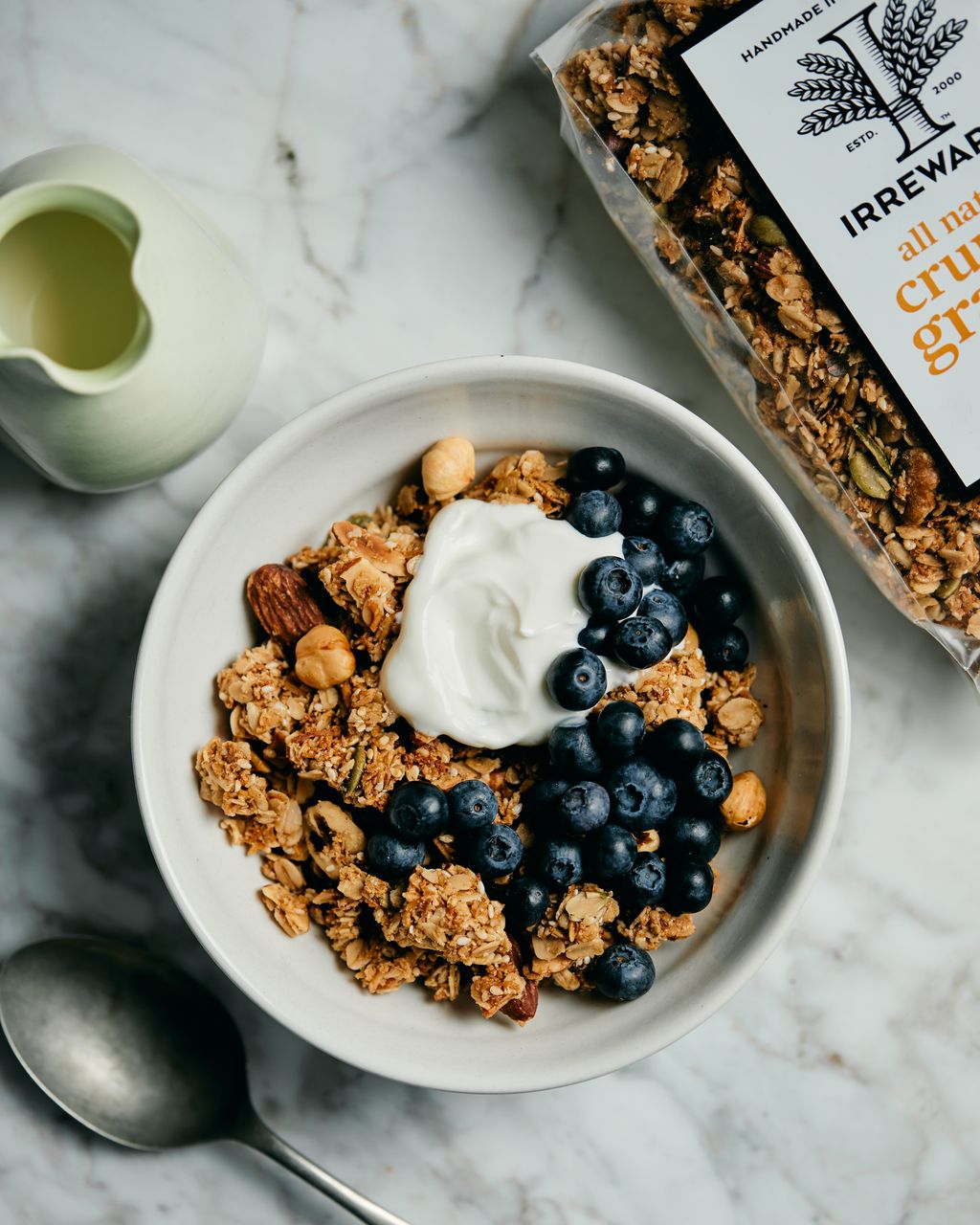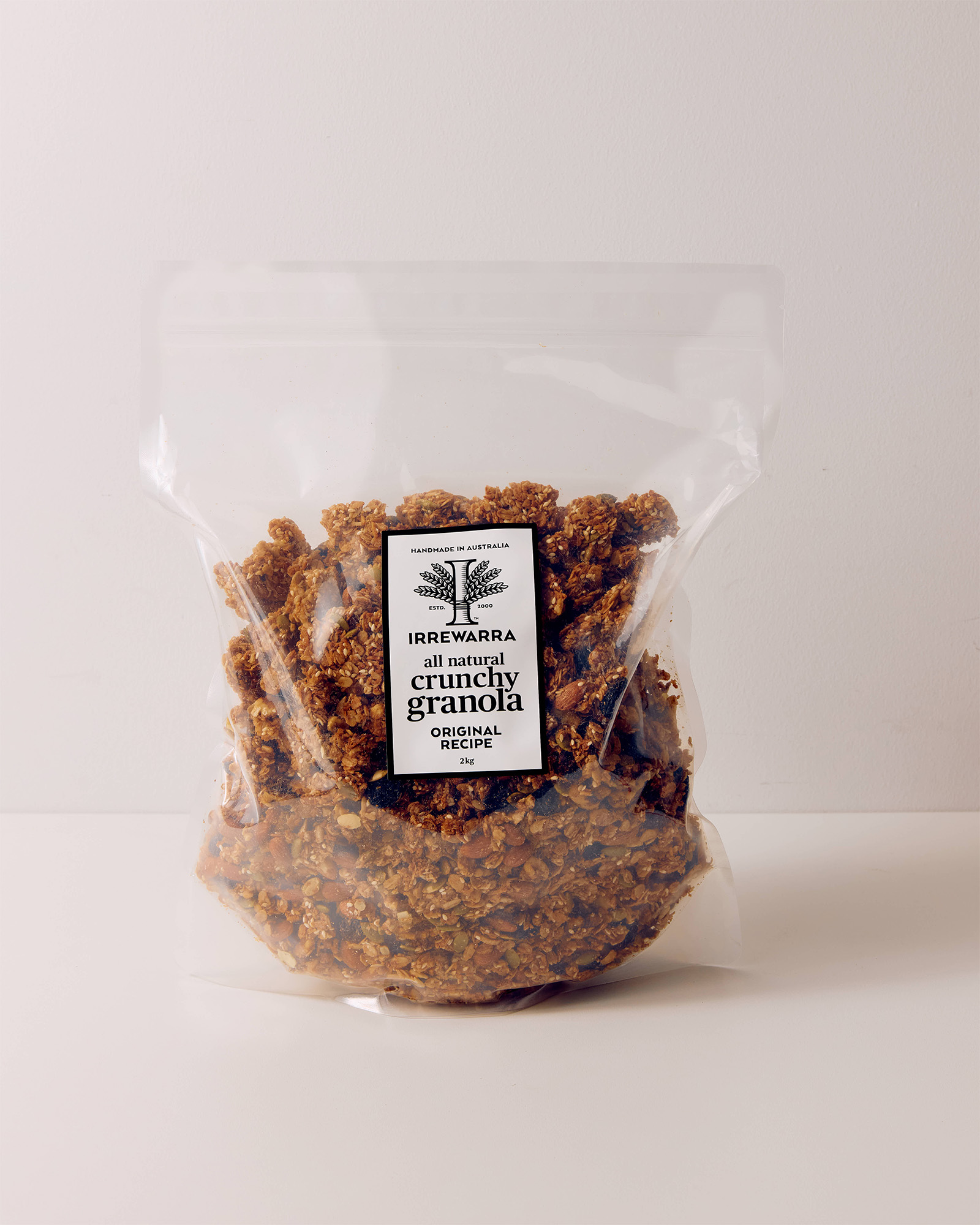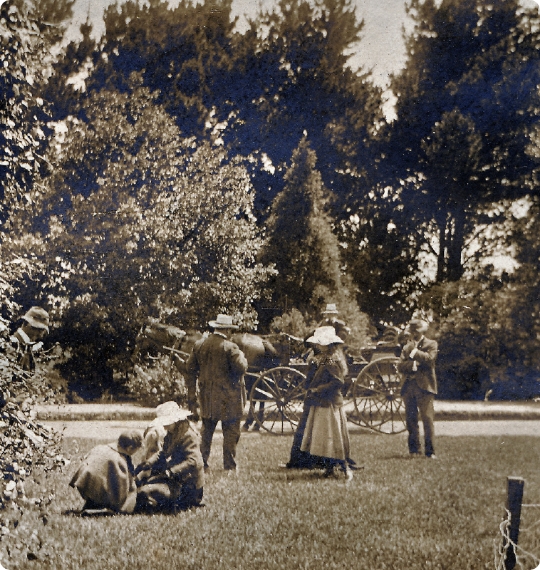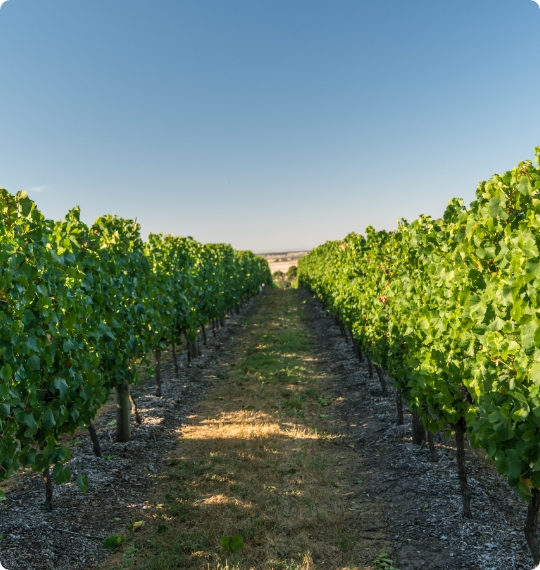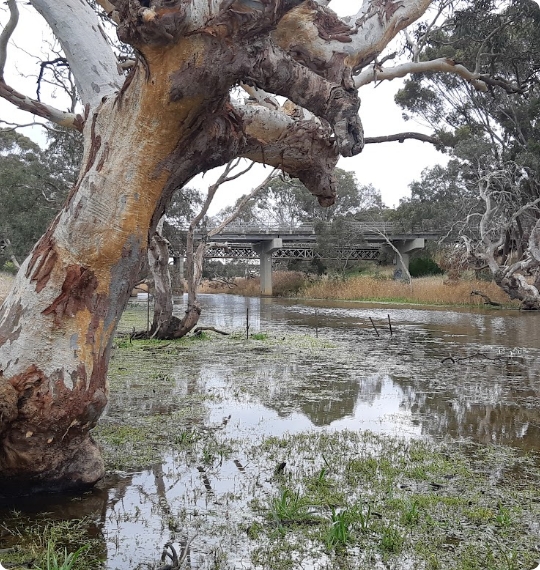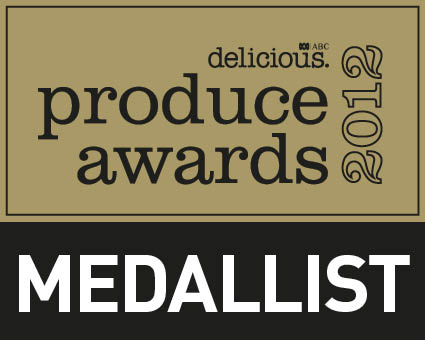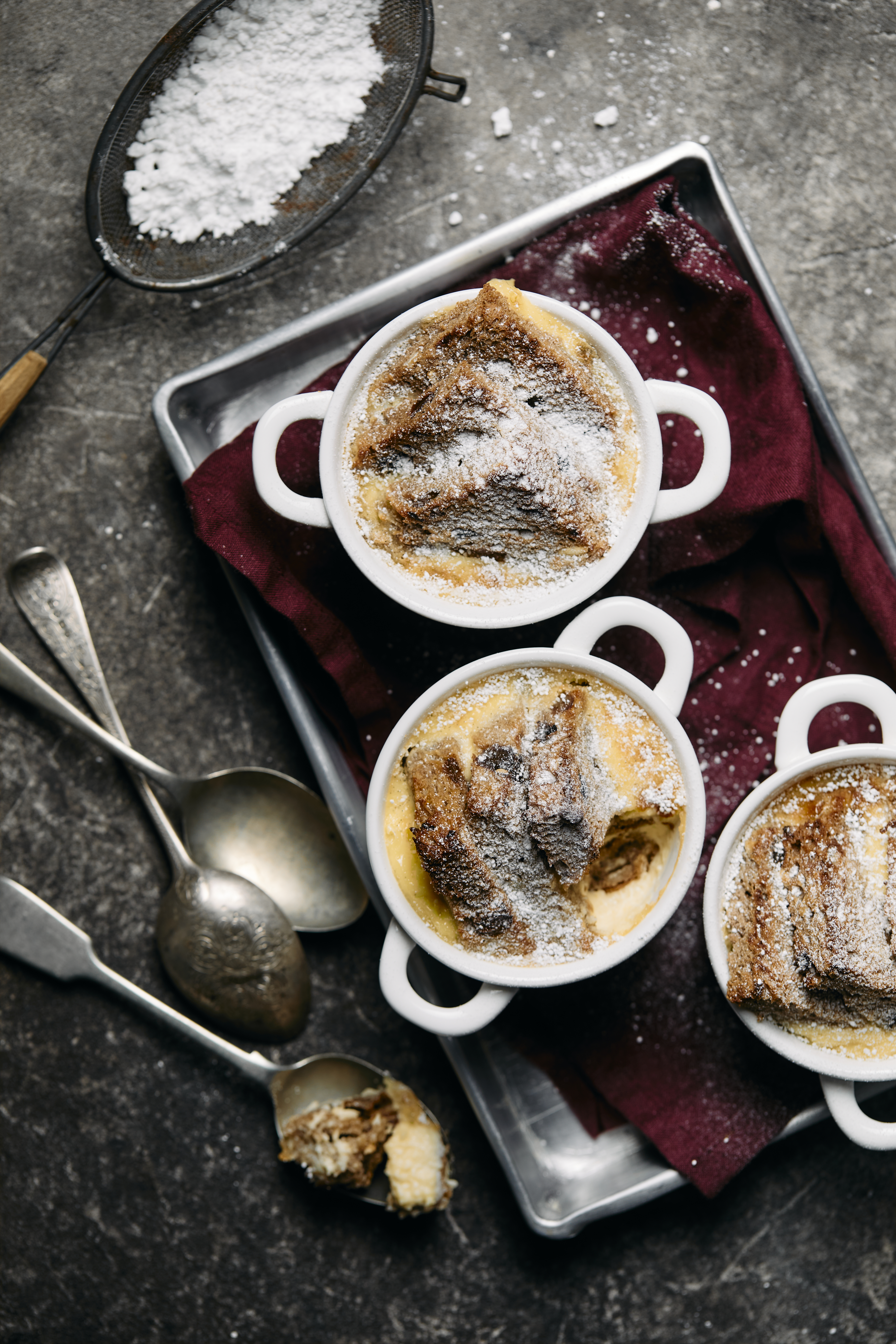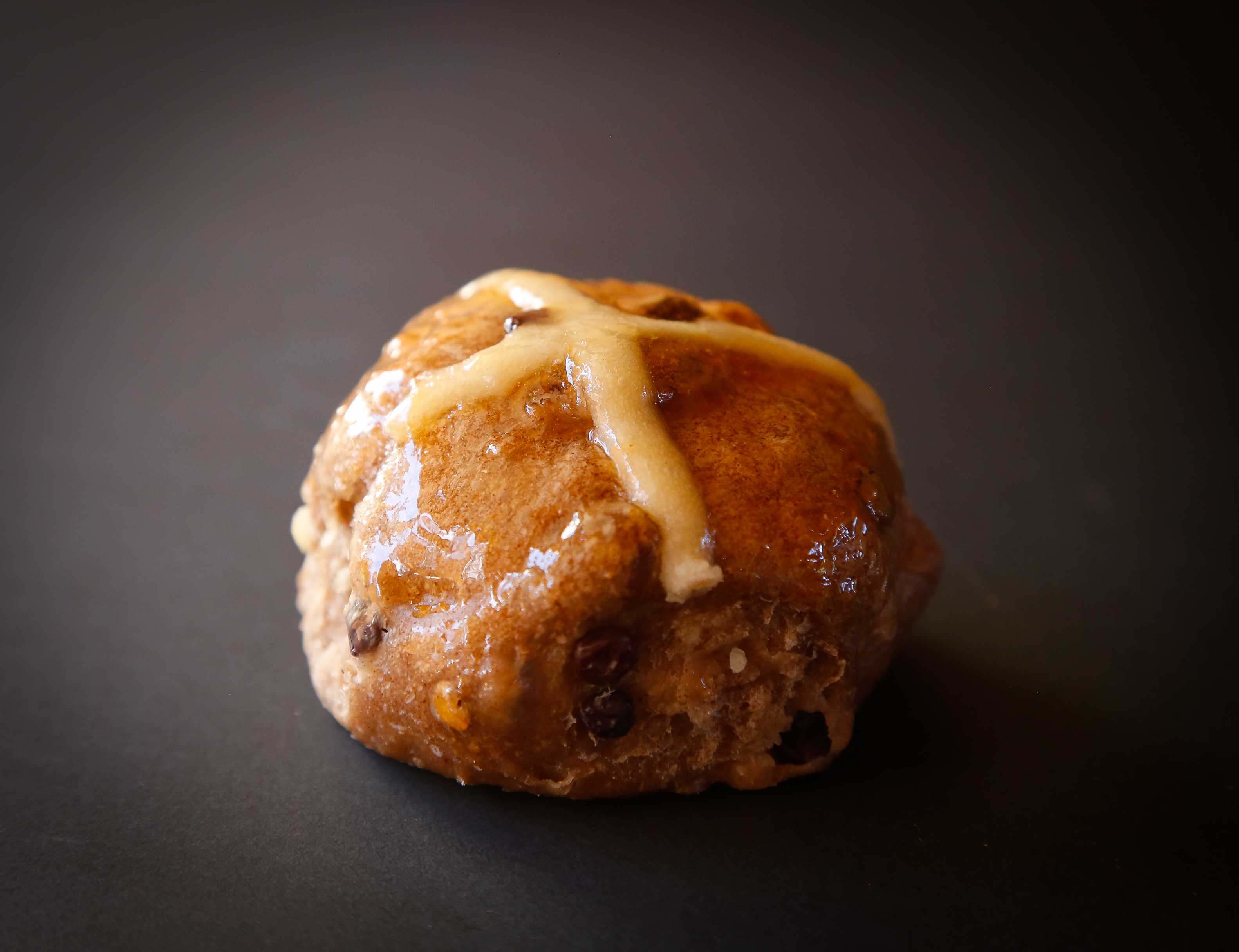Two years of Doongara: the transformation so far
It has been almost two years since we purchased the Doongara property, a stunning patch of 100 acres along the Woady Yaloak River, just 20 minutes from us at Irrewarra. When we purchased this property mid-2021, we committed ourselves to returning Doongara to its natural state, and embarked on the Irrewarra-Doongara Rewilding Project.
In those two years of active management, we are so pleased that there have been significant improvements to the wetland and grassland environments, with many native plants and wildlife, including some endangered species, now found on the property.
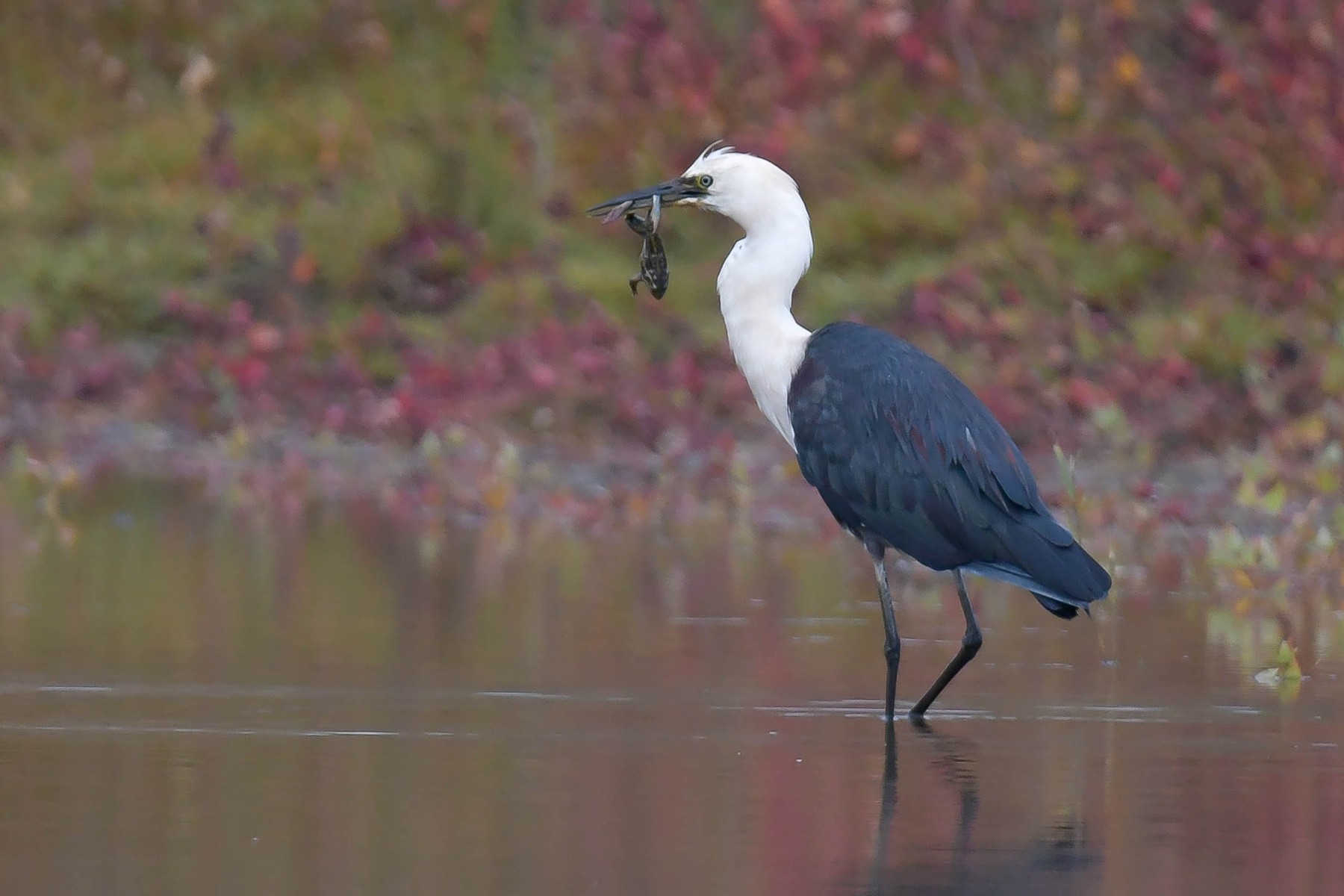
A White-necked Heron at Doongara. Image: Adam Fry
Natural resource management consultant and friend of Irrewarra Frank Garland has been instrumental to this project, and is excited to see such great steps made to the land and waterways.
“Removing the livestock has resulted in the virtually immediate recovery of the Billabong,” Frank said. “What was once bare and pugged (damaged) ground now supports a vigorous stand of native Spike-rush and Tussock Grass. Other wetland plants such as Water-ribbons, Buttercup and the delicate Swamp Lily have also re-appeared. Combined, these plants provide ideal habitat for threatened Growling Grass Frogs, which have recolonised the Billabong from the nearby river.”
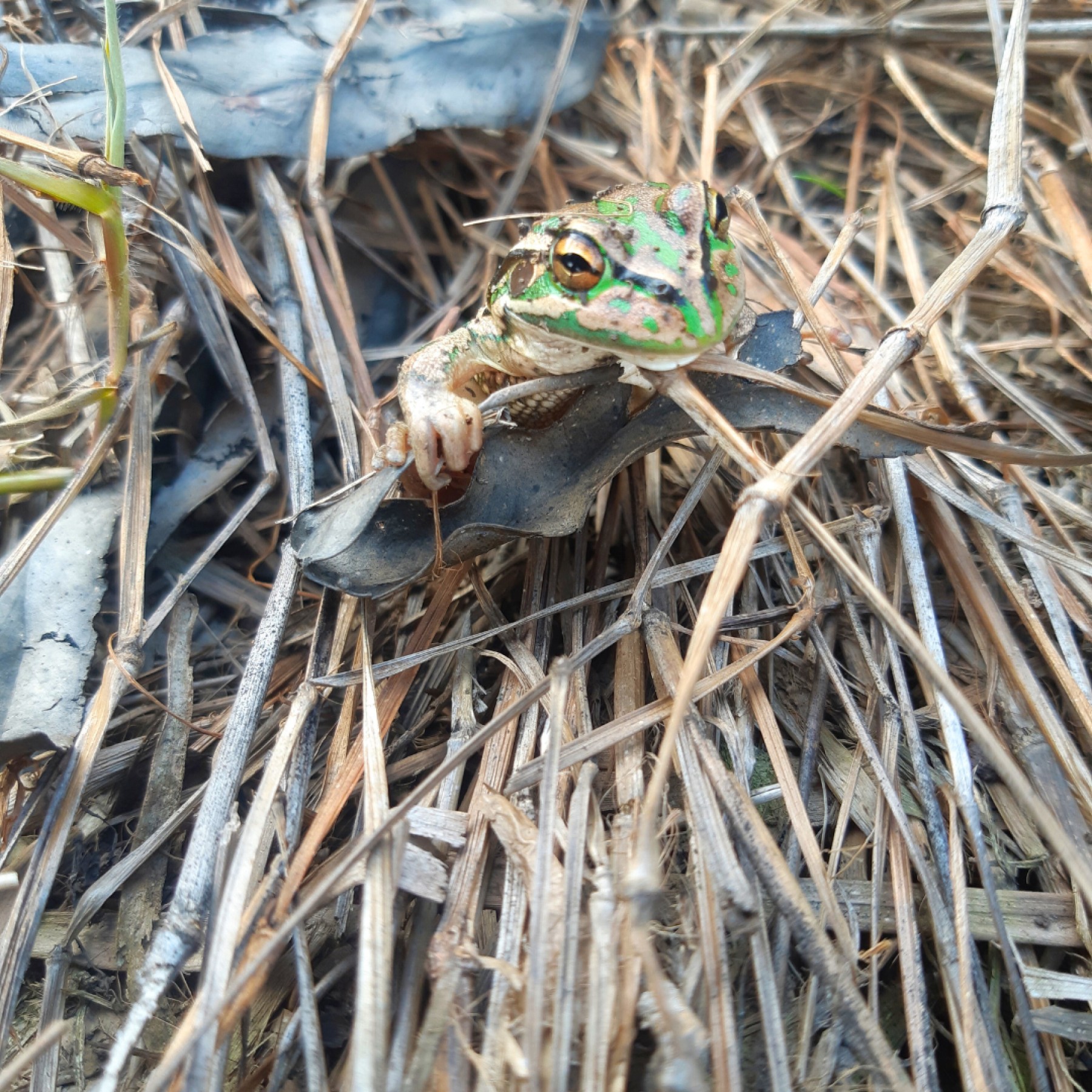
A Growling Grass Frog. Image: Frank Carland
Although these fantastic milestones underline the resilience of the Doongara ecosystem, removing livestock from areas that have been consistently grazed doesn’t always lead to quick improvements. In fact, it can mean that exotic grass species, such as Phalaris and Cocksfoot, can multiply – and unfortunately, this is just what happened at Doongara. With Frank’s help, a weed control program was initiated to target these invasive grasses, as well as other weeds such as Bathurst Burr. Now, areas that had Phalaris up to 2 metres tall are now being recolonised by native grasses and reeds, which make a fantastic habitat for Reed Warblers and other birds.
This regeneration has also vastly improved the appearance of the landscape, complemented by the regeneration of River Red Gums following the 2022 floods. Interestingly, the floods also caused a “black water” event, which is a very effective form of natural weed control.

A fence covered in flood debris near the Woady Yaloak River.
On the rising ground away from the river flats, stands of native grasses such as Wallaby Grass and Windmill Grass are increasing in size and density, said Frank. This has been aided by cutting and removing hay prior to the natives sending up seed heads, which both removes weed seed and improves seed set in the natives – and the benefits are already observable!
Another important aspect of the Irrewarra-Doongara Rewilding Project is attracting bird life, which is why we are always excited to receive an update from local bird expert Adam Fry, who conducts seasonal surveys of the wildlife on the property.

A flock of White-faced Herons, with the Frenchman's Inn c. 1840 in the background. Image: Adam Fry
Initially he embarked on the journey with the hope of spotting an endangered Australasian Bittern, with a sighting reported a few days earlier by Frank. Though this species was not found on this trip, we were delighted to hear that Adam added nine more species to the master list, which tracks the progress of the project.

The Australasian Grebe, one of the nine new birds added to the Doongara survey. Image: Adam Fry
Among these were a few less common natives, such as the Australasian Grebe, Horsfield’s Bushlark and White-necked Heron. Adam managed to capture some wonderful images of most of these new birds which you can view below – except for the Bushlark, which proved a little too quick for the camera!
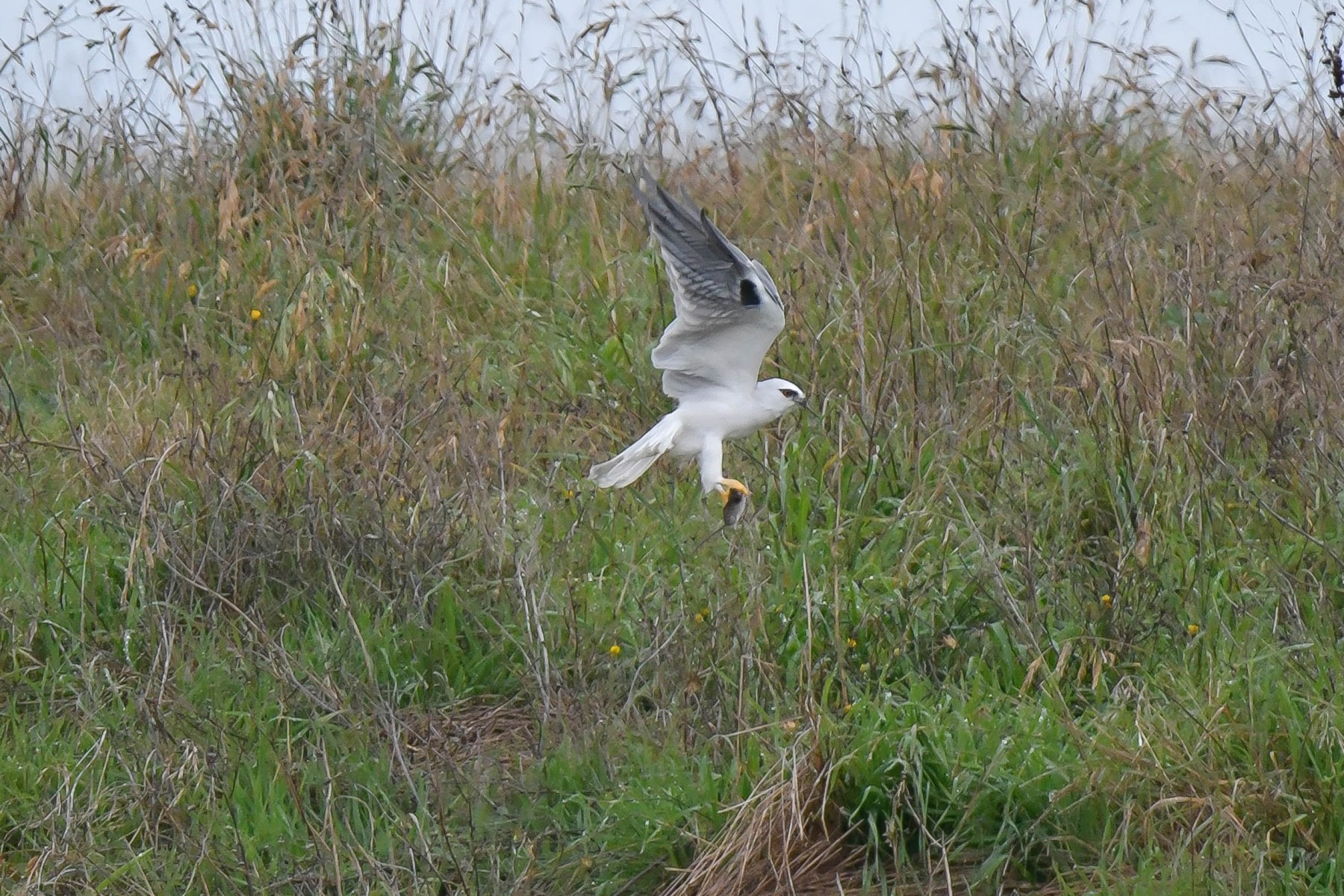
A White-necked Heron at Doongara. Image: Adam Fry
In addition to the wonderful new bird sightings, Adam heard many Growling Grass Frogs calling, and also caught a brief glimpse of a Swamp Wallaby at the anabranch of the river.
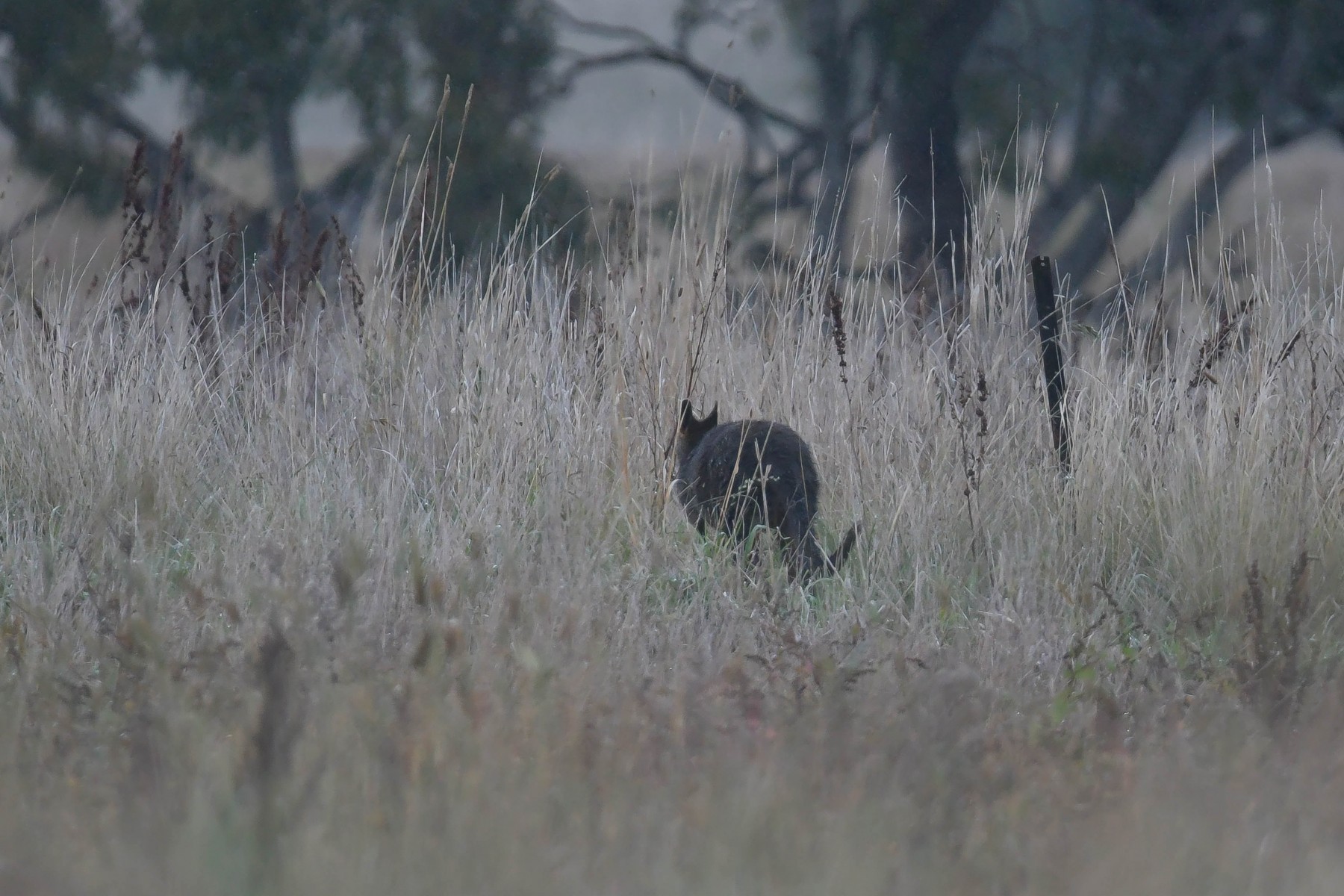
A swamp wallaby on the move at Doongara. Image: Adam Fry
We are also pleased to announce our partnership with the Corangamite Catchment Management Authority (CCMA) to conserve and revegetate the site.
The CCMA manages important waterways throughout the region to the west of Melbourne, north to Ballarat and including the Otways. The Woady Yaloak is one of the important waterways within the responsibility of the CCMA. Its waters flow into internationally significant Ramsar Wetlands, including Lake Martin and Lake Corangamite.
The Woady Yaloak starts in the Great Dividing Range south of Ballarat and flows down to the Western Plains through Cressy.
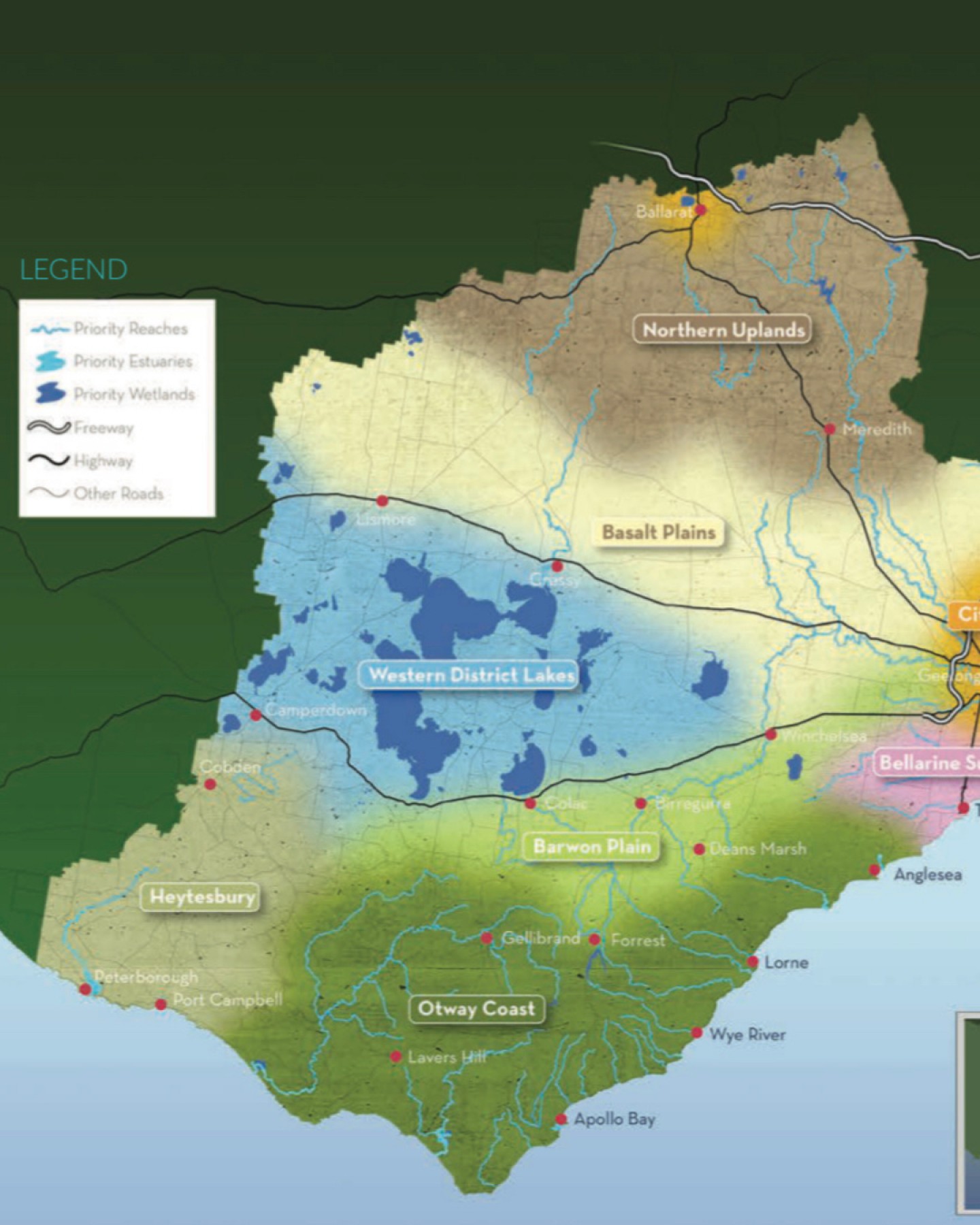
As part of our partnership, we will be working to:
- Remove noxious weeds,
- Destock the property so native plants can regrow without being destroyed by grazing – in particular, river red gums, rushes, sedges and reeds, and
- Promote the site with signage and then allow visits to the site to inform and educate others of the revegetation and conservation.
- Collect seed from the site, germinating the seed and planting out the local provenance trees, shrubs and grasses. You can read more about Irrewarra’s Silver Bankia Restoration Project here.
The collection of seed at the site has already commenced. Using the services of Mike Kinross-Smith Of Otway Greening, seed has been collected from Poa grass and River Red gums.
To stay up-to-date with the latest updates on the Irrewarra-Doongara Rewilding Project, follow us on Facebook and Instagram, or sign up to our monthly newsletter here.

